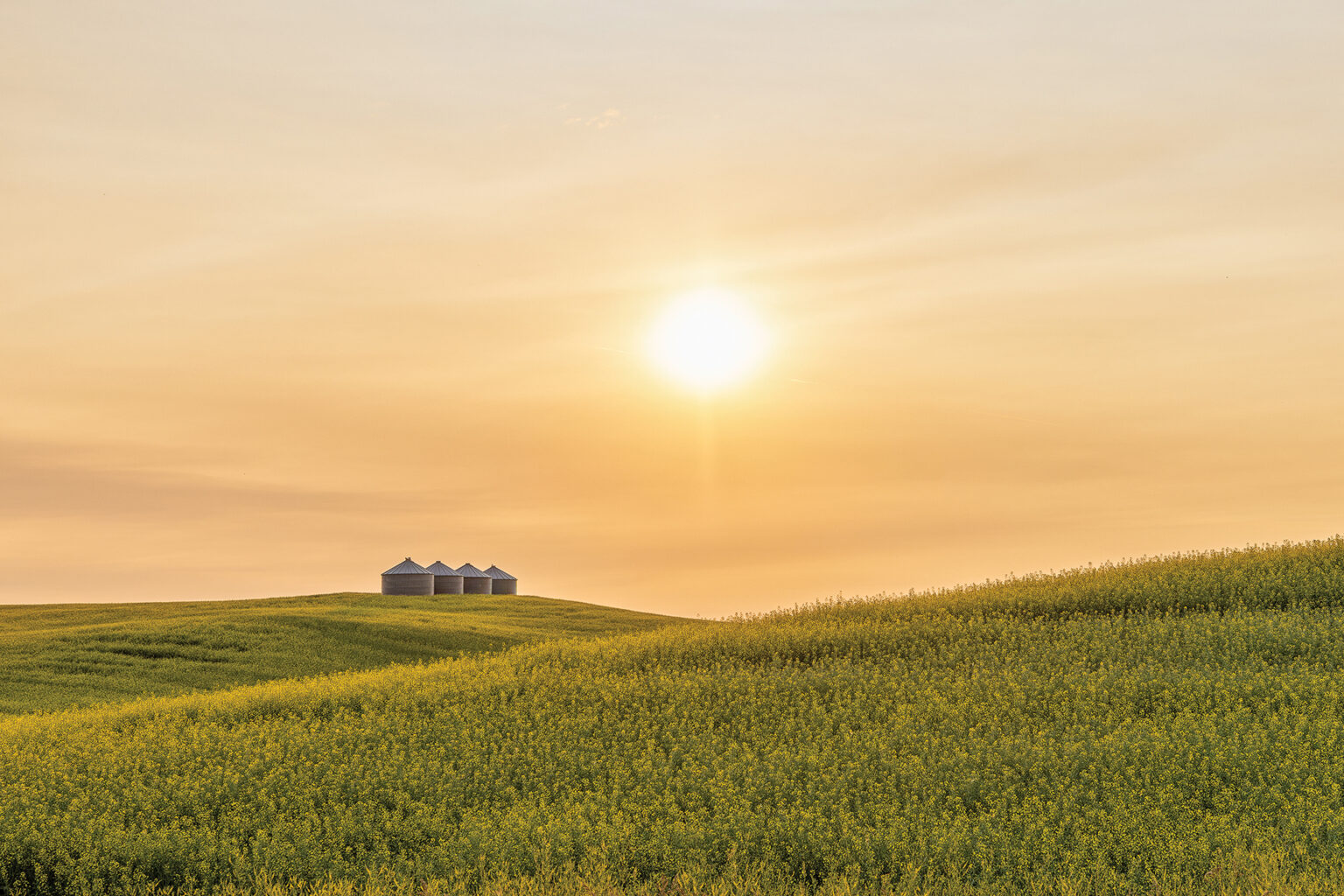Scott Shiels
With harvest now behind us, and a better-than-expected crop in the bin, it is now time to start the fun job of marketing the crop that wasn’t pre-booked somewhere earlier. With political strife (I’m not going into that again) around the globe, it’s going to be a difficult year to ensure we are putting black ink on the bottom line with many crops. I have a few suggestions that can hopefully help maximize your returns, not only in this crop year, but every year ahead.
The first thing – and this is imperative – is to get good-sized accurate samples of everything you have in the bin. As a grain buyer for over 30 years, I cannot even come close to counting the times I have had to speak to a producer regarding the load delivered, and how it – in no way, shape or form – looks anything like the sample they brought in earlier. Now, I’m not suggesting any kind of wilful wrongdoing, at least in most cases, but grabbing a quick sample from the door of a 10,000-bushel bin isn’t going to cut it most of the time. Being that we are past harvest (the easiest time to get a good accurate sample of each bin is when you are filling it), you will need to physically turn your bins to sample them, or at the very least take a full load out and sample that, then return it to the bin. This is also a very good practice after harvest is complete, just to ensure that your grain is still in as good of condition as when you put it in there.
The next step is contacting potential buyers and then getting samples to them in a timely fashion. One of the issues that we have already experienced this year in some crops is that buyer demand is strong, but the volume of that demand is limited. Crops like oats, flax and other smaller acreage specialty crops tend to see certain delivery windows (fall for instance) fill in very short order. Millers, crushers and other end users will go to market early and fill up as quickly as they can to ensure that their operations do not run out of product, and these are usually your premium-priced markets. On the other hand, the line elevators that buy many different crops tend to have a bid on a few at all times, but generally these bids are not as lucrative as the prices available earlier from the end users.
Whether you have contracts in place with the buyers you submit samples to or not, it is very important to get samples into a few hands to make sure that you know the quality of the product in your bins. Oftentimes, buyers will go to the list of previously submitted samples when they need to buy something, and the only producers that will even hear of the bid will be the ones already on that list. I know that when we are looking for oats or flax, the first growers we talk to are the ones that have brought in samples and made the effort to make that connection with us. In many cases, these connections spark the beginning of very good working relationships into the future.
Until next time…






